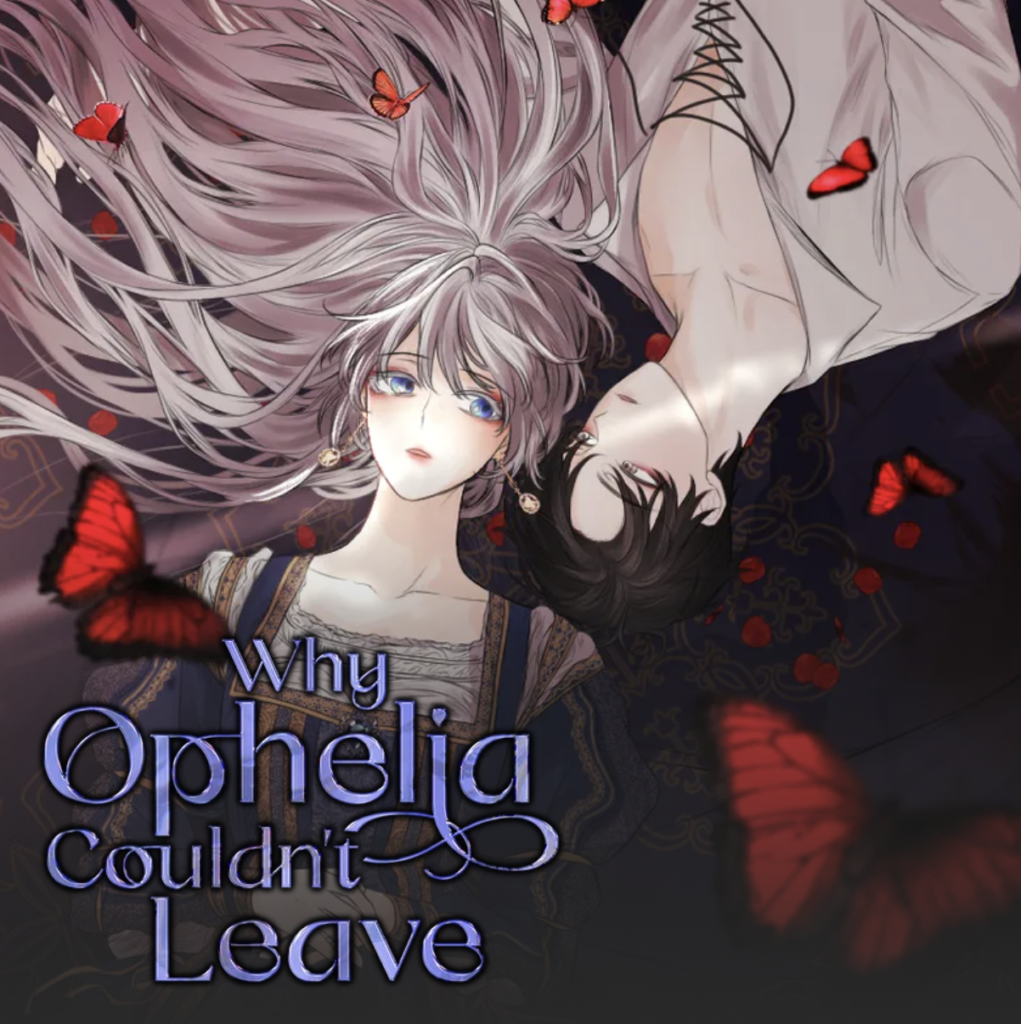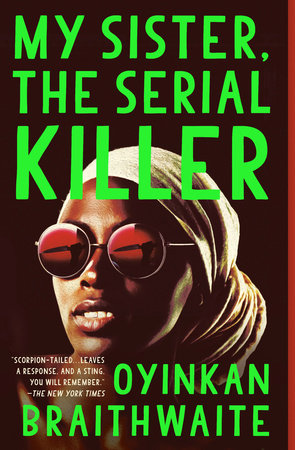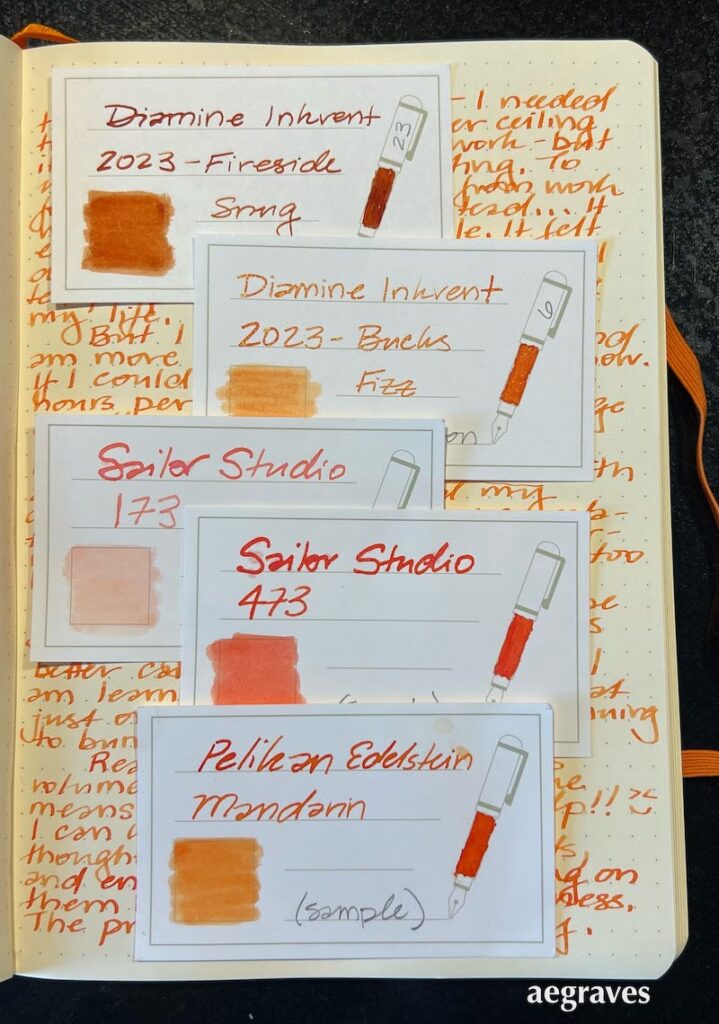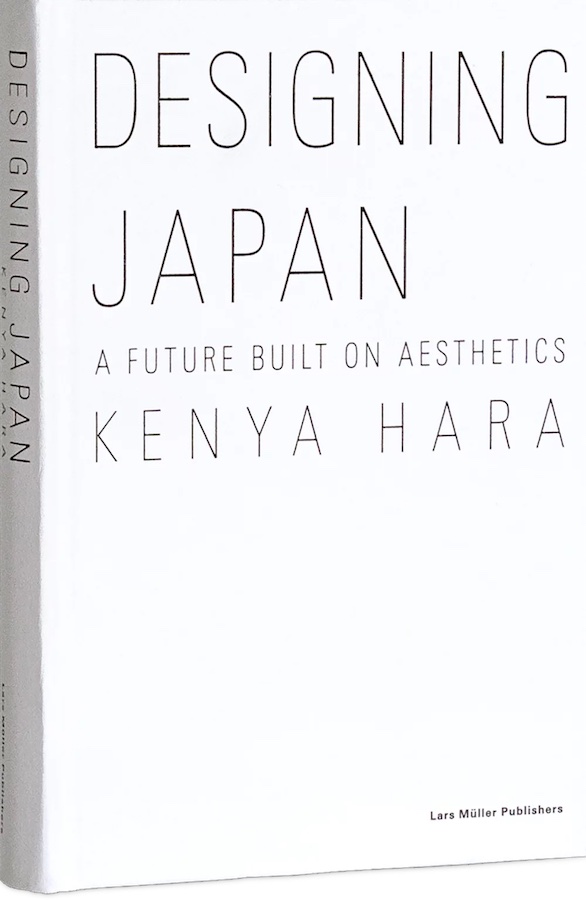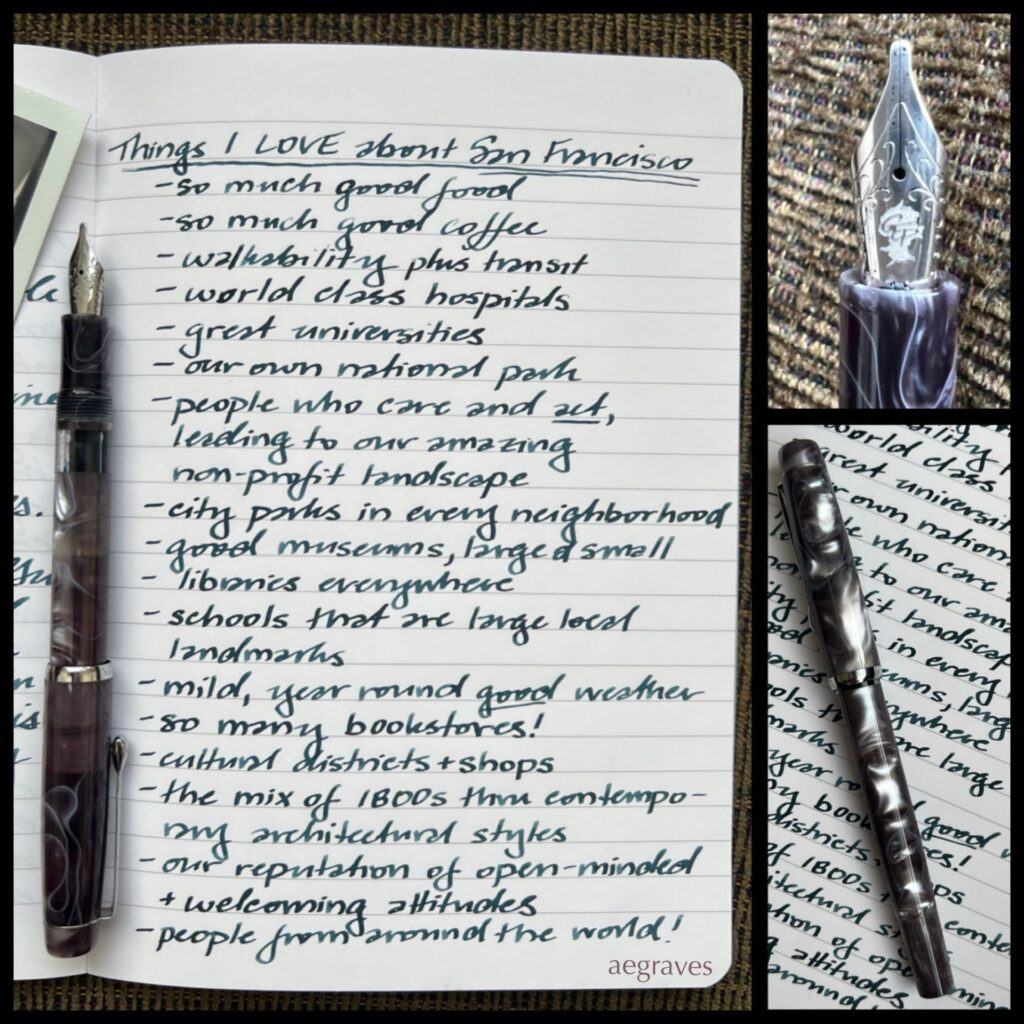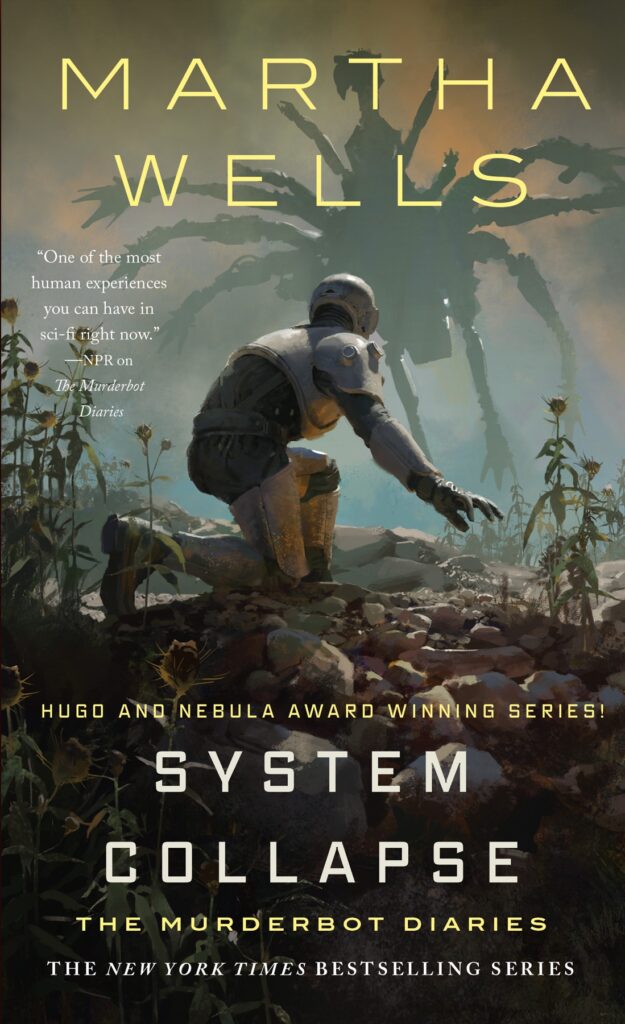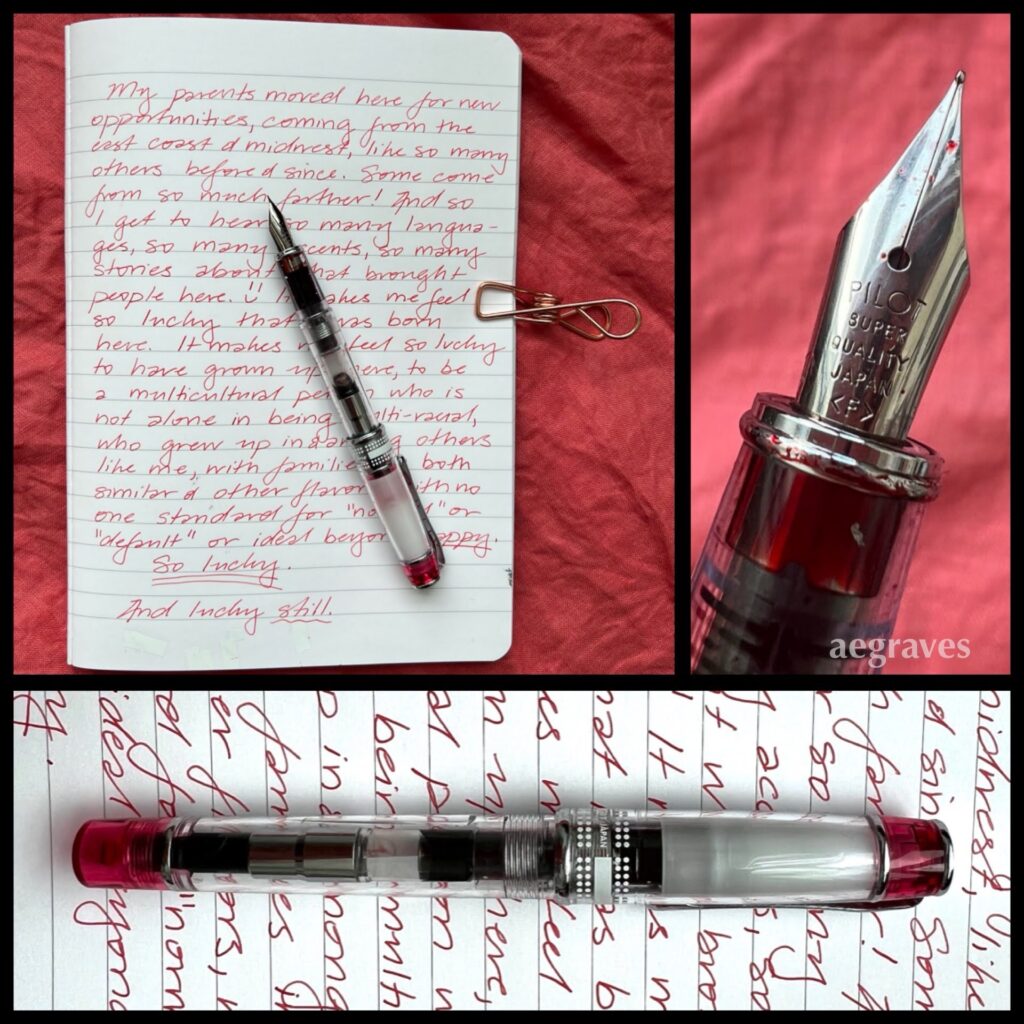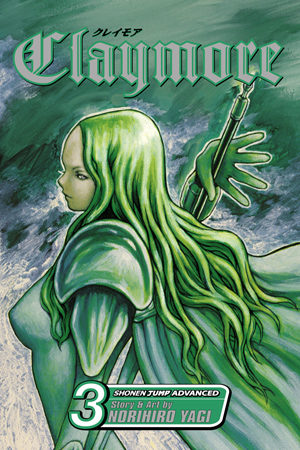
Claymore
by Norihiro Yagi
published in English at Viz.com
2015 (originally published in Japanese 2001-2014)
I am excited that I finished reading all 155 chapters this month!
Terrifying monsters with superhuman strength roam the land, often stealing the appearance of specific people to hide in a community and (secretly) feast on their family and neighbors. The only defense: hiring a Claymore, a silver-haired, silver-eyed woman warrior who can detect and defeat such creatures. The Claymores themselves are spooky, can survive terrible physical harm, and don’t appear to need human companionship. They are held to a strict (but not visibly moral) code, and if they violate it, their peers track them down and brutally execute them.
This is the dark story of several of these warriors, who work at the behest of their governing body, The Organization. The Organization ranks them to engender competition, and won’t let them intervene in human affairs even when it would be ethical to do so. The Organization also appears to send small groups of them on suicide missions for unknown reasons. What is really going on? Why are there so many monsters? And why is the Organization so obsessive in controlling the Claymores?
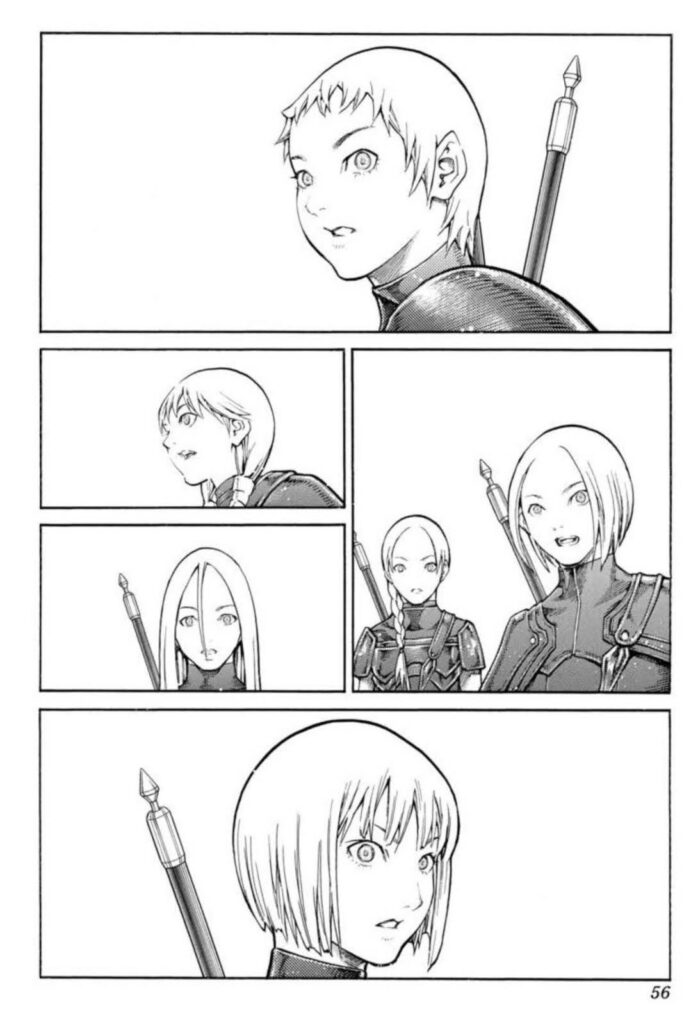
This tense and very violent story (not for kids!) unfolds at different speeds, with increasing battles and characters, but also increasing mysteries about the motivations of the Organization and the increasingly coordinated (!!) monsters. The origin of the Claymores themselves and the apparent leaders of the monsters are slowly revealed, with some secrets kept until the very last chapters.
The monsters range from simple to extremely complex and fanciful designs. The Claymore warriors themselves look somewhat Eastern European to me, and the artist distinguishes the matching-armor-wearing women with distinct hairstyles. The reason they are all women is explained over the course of the story, and the limited female nudity is intended to make some of the creatures more terrifying – I think it works well.
Great story, old-school drawings, great monsters, great comrade-in-arms bonding, solid (grim) story. I enjoyed this story very much.

